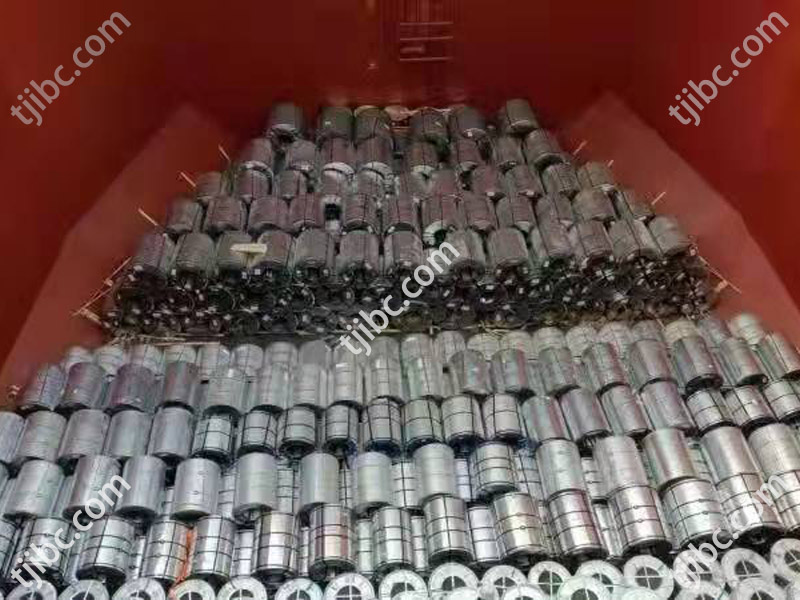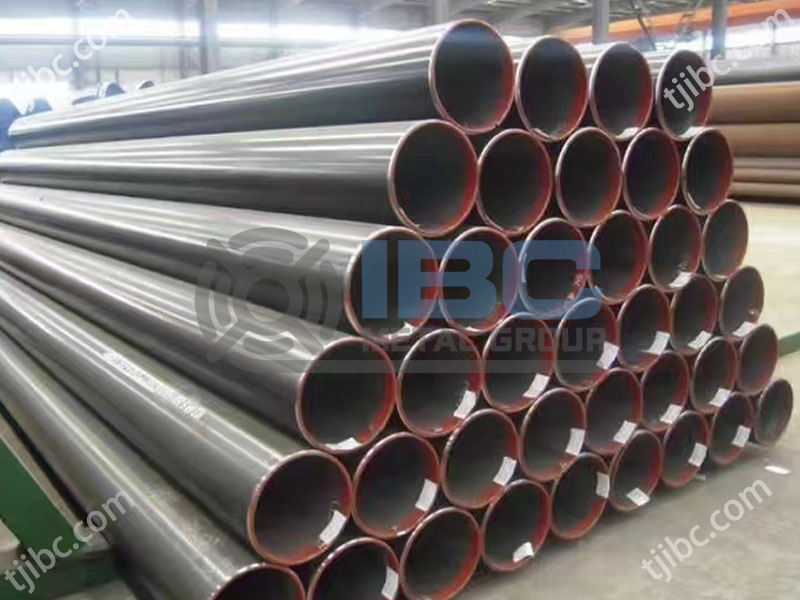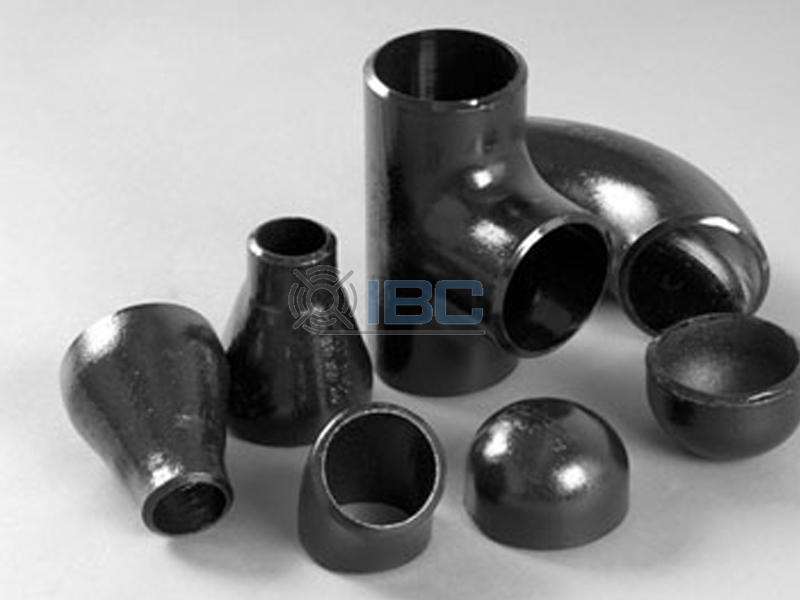Dual-phase steel, also known as multiphase steel, is a new type of steel with high strength and ductility. Its structure consists mainly of the ferrite phase and martensitic phase, or in some cases of ferrite and austenitic phase structure.
This steel is usually obtained from low carbon steel or low alloy high strength steel after critical zone heat treatment or controlled rolling. It has high yield strength and tensile strength. So it is widely used in various fields requiring high strength and good formability.
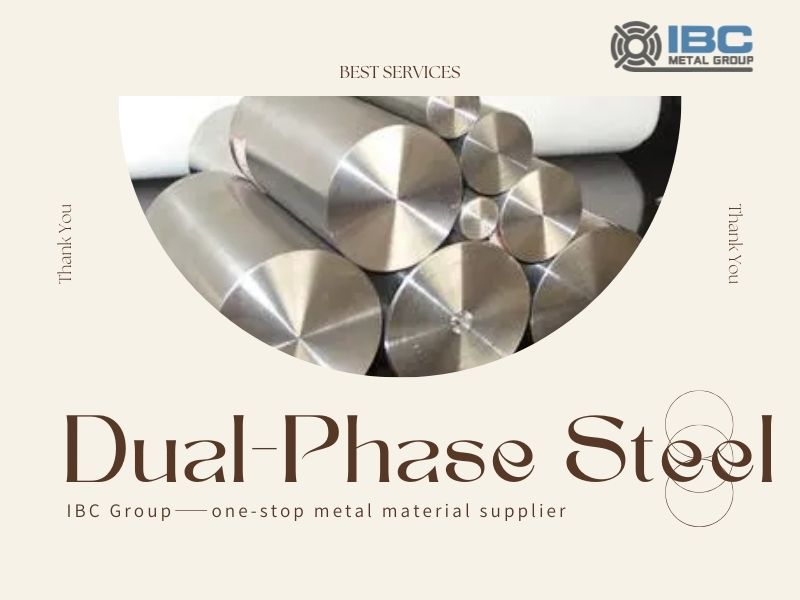
Production Process
1. Hot rolling method: through high temperature hot rolling to control the composition and structure of the steel, so that it forms a biphase structure.
2. Heat treatment method: By adjusting the heat treatment process parameters of steel, such as temperature and time, to control the composition and organization of steel.
3. Hot dip plating method: low carbon steel or medium carbon steel is immersed in the galvanized tank. And hot dip plating is carried out at high temperature to form a two-phase structure.
4. Electroslag remelting method: low carbon steel and high carbon steel are mixed in a certain proportion. And then electroslag remelting is carried out.
5. Jet deposition method: the low carbon steel and high carbon steel powder is mixed in a certain proportion. And then the dual-phase steel is prepared by jet deposition technology.
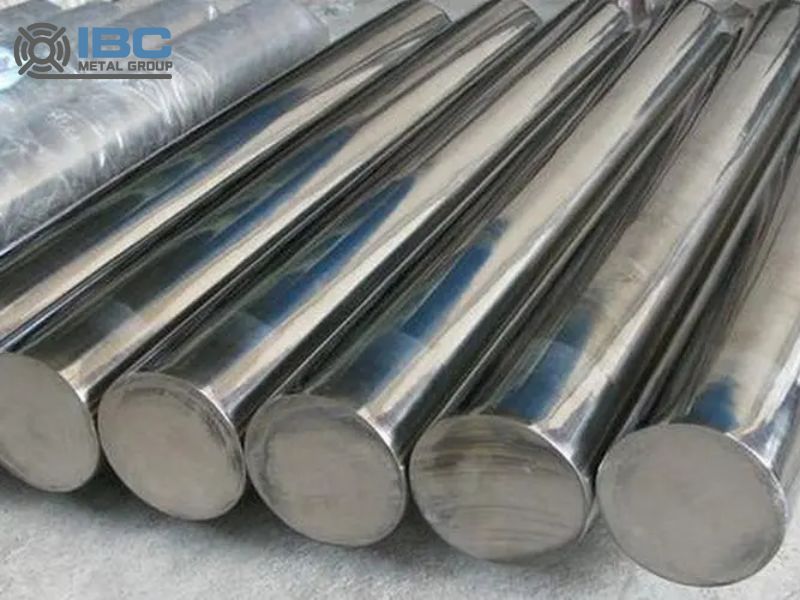
Performance Profile of Dual-Phase Steel
1. Excellent corrosion resistance
It has excellent corrosion resistance, which is due to the presence of the austenitic phase. The austenitic phase can resist the erosion of a variety of corrosive media, so that the biphase steel can maintain its performance and stability in a wet and corrosive environment. Therefore, it is often used in the manufacture of chemical equipment, oil pipelines and other equipment and structures that need to resist corrosion.
2. Good welding performance
It has good welding performance and can meet the needs of various welding processes. During the welding process, its organizational structure will not change significantly, and the performance of the welded joint can remain stable. This makes this steel widely used in engineering fields that require welded connections, such as Bridges, buildings, ships and so on.
3. Excellent mechanical properties
Duplex steel has excellent mechanical properties, which are mainly reflected in its high strength and high toughness. Its strength is much higher than that of ordinary mild steel, while maintaining good toughness, so that it is not easy to break or deformation when it is subjected to impact or pressure. This excellent mechanical properties make duplex steel a significant advantage in the manufacture of high-strength, high-durability structural parts and components.
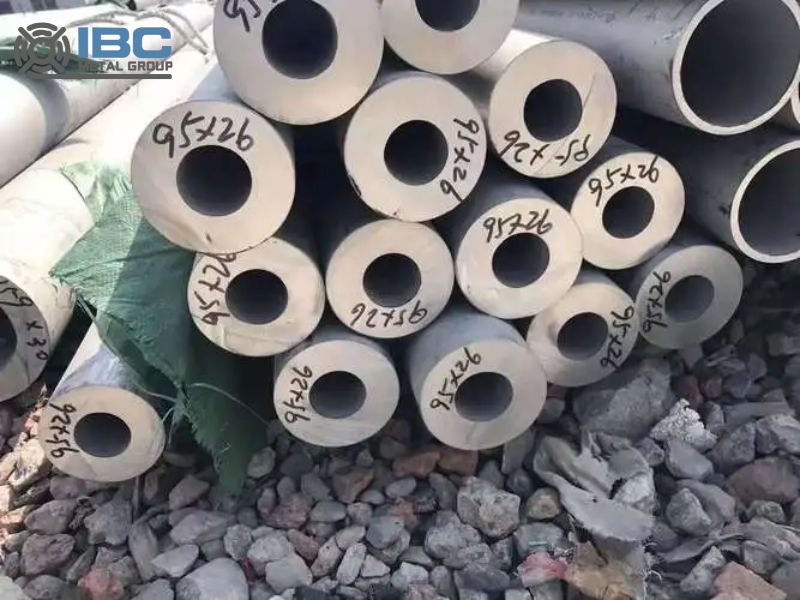
Applications
1. Chemical and petroleum industry: due to its excellent corrosion resistance and high strength, it is often used in the manufacture of pipes, containers and valves and other equipment.
2. Food processing and manufacturing: duplex steel surface is smooth, easy to clean and maintain, suitable for food processing equipment, pipelines and other manufacturing.
3. Shipbuilding industry: Because of its high strength and corrosion resistance, it can manufacture ship structural parts, pipes and storage tanks.
4. Medical device and pharmaceutical industry: Because of its excellent corrosion resistance and biocompatibility, it can manufacture medical devices and pharmaceutical equipment.
5. Building and bridge engineering: Due to its high strength and excellent seismic performance, it is often used as a structural part in building and bridge engineering.
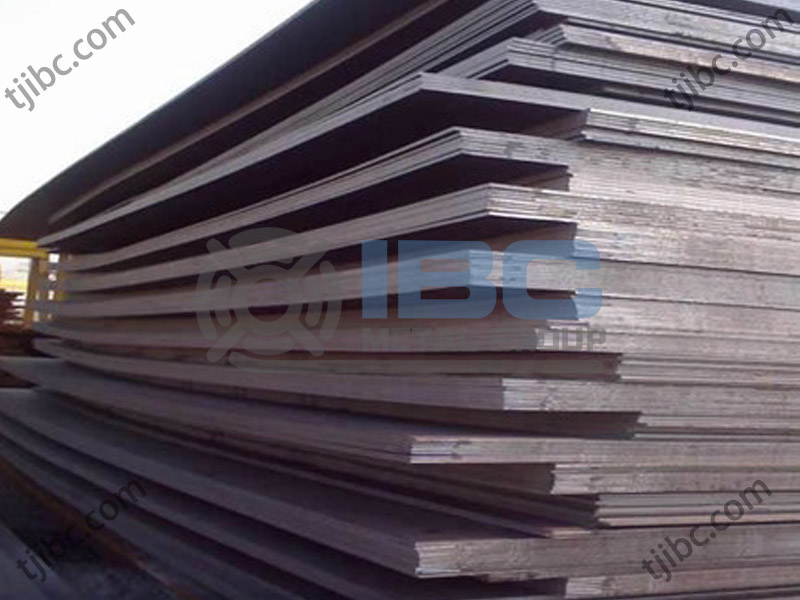
Contact with us today!

